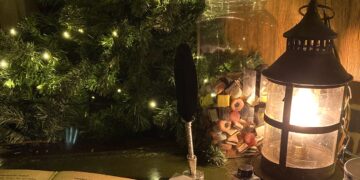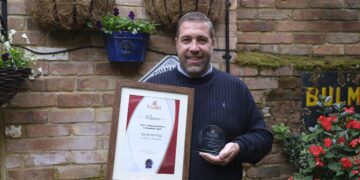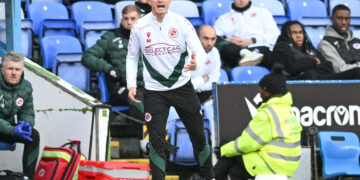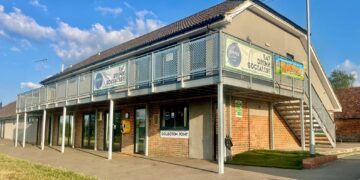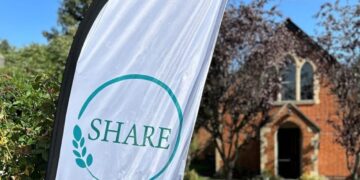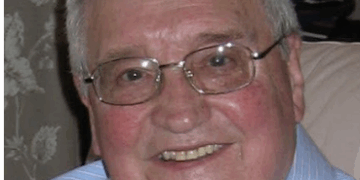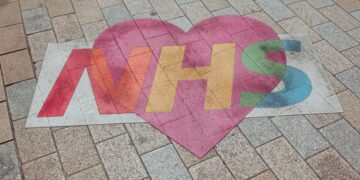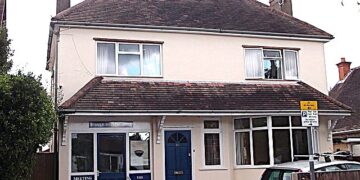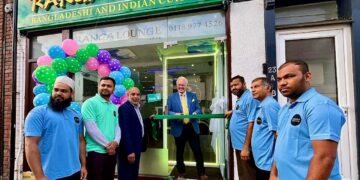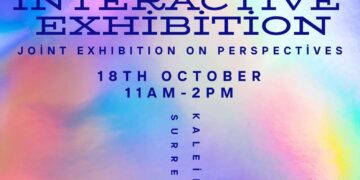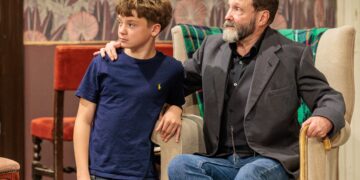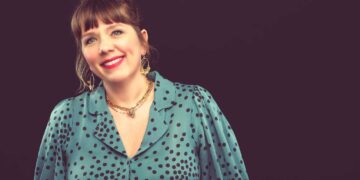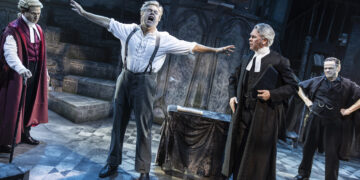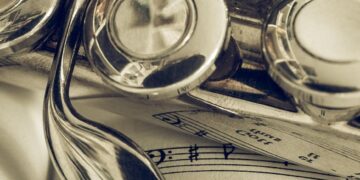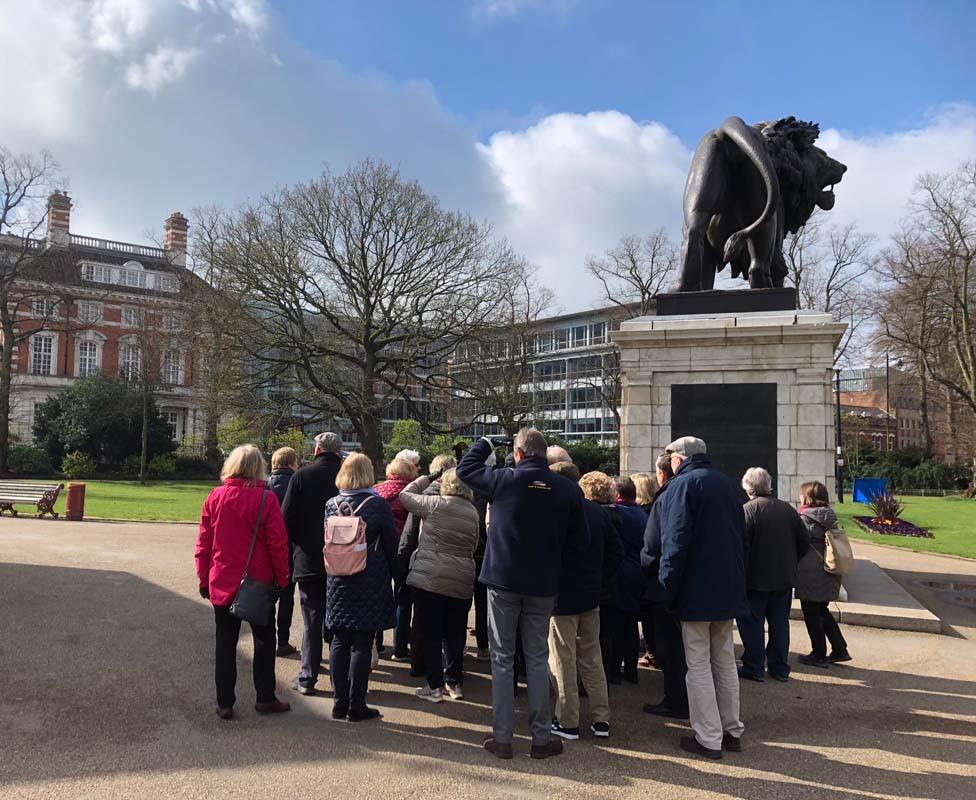The Arts Society, Wokingham, organise three or four visits each year for its members – the most recent one was a walking tour of Reading, looking in particular at the Victorian architecture, which abounds in the town. Our guide, Richard Havelock, was excellent, he introduced us to new buildings and building details throughout the town, enriched our knowledge of old favourites and took us into two gems – the concert hall, in the town hall, and the chapel and ‘big school’ at Reading School.
Reading, with its Abbey roots, was extensively developed and redesigned in the 19th century as the town became more affluent, thanks in part to the arrival of the railway. The buildings took on a ‘new town’ mantle which saw a strong influence of town planning. There was a determination to use local firms where possible, and there are many facades in Station Road, King Street, Broad Street, Duke Street and Market Place which showcase the work of local firms of architects, builders and artisans.
The late Victorian Town Hall, designed by Alfred Waterhouse in has favourite 13th Century Gothic style is delightful, as are the later extensions to include the concert hall and the School of Art. Many of our group commented on the beauty of the concert hall and resolved to visit it more often!
St James’s Church designed by Augustus Pugin with glass in the apse by William Warrington, a pioneer in the rediscovery and study of medieval techniques of stained-glass manufacture is a small Victorian marvel. The nearby Abbey Gateway (inner gatehouse) was restored by George Gilbert Scott, after a partial collapse and reminds us of the towns Abbey roots.

There were statues of Queen Victoria and Edward VII, George Palmer and Rufus Isaacs, Marquess of Reading by renowned sculptors including Charles Sargeant Jagger,the latter in the extremely beautiful but often overlooked Eldon Square. There was also a monument to Edward Simeon by Sir John Soane, but the ‘Maiwand Lion’ in Forbury Gardens, by George Simonds, which took the prize. Cast in iron in nine sections and 31 feet long, it is maybe the largest in the world. Is it walking correctly, go and see?
On our route to Reading School Richard improved our architectural knowledge and regaled us with stories, such as the Charles Dickens visits to the city and the attempt by Thomas Talfourd to get him to stand for the Reading Parliamentary seat. And how Dr Anthony Addington, a pioneer of progressive mental health, was called in to advise on treatment for George III and who donated the land on which the original part of the Royal Berkshire Hospital was built.
But without a doubt Reading School was the biggest hit with the group, with its original buildings by Alfred Waterhouse, an adaptation of 13th Century Gothic using red brick and terracotta. We were privileged to visit the chapel, and the original ‘big school’ building where we were able to see first-hand the standard of craftsmanship and materials, and the beauty of the design, even if at the time it was falling from fashion and was derided by critics and Punch.
The walk was a fun experience but also has given many of as a determination to know Reading better.
If you would like to know more about The Arts Society, Wokingham, contact us via our website: www.TheArtsSocietyWokingham.org.uk.
Share news from your club, group or society
If you are in a WI, Mothers’ Union, a friendship group or an action group then send us a report of your meetings and we’ll print them here!
Share your reports by emailing [email protected]



